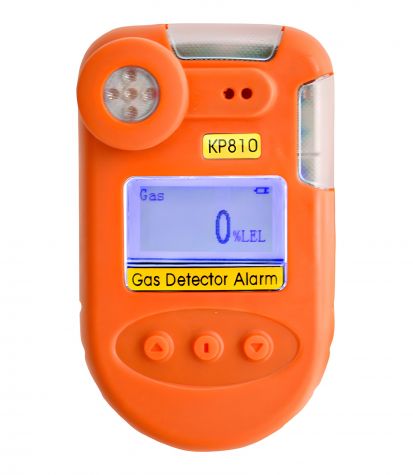Monitoring hydrogen sulfide (H2S) ranges is essential for assembly publicity standards and ensuring the well being and security of staff. Exposure standards are set by regulatory bodies to establish permissible limits of publicity to numerous substances, together with H2S. Here are steps and issues for monitoring H2S to fulfill new exposure requirements:
Understand Regulatory Standards:
Familiarize yourself with the particular publicity requirements set by related occupational well being and security regulatory companies. These requirements sometimes define the maximum allowable focus of H2S within the workplace over a specified time interval.
Conduct a Workplace Risk Assessment:
Perform a complete danger assessment to identify areas in the workplace the place H2S exposure might occur. This includes considering particular job duties, processes, and locations where H2S is more likely to be current.
Select Appropriate Monitoring Equipment:
Choose H2S fuel detectors or monitors which may be suitable for the workplace circumstances and meet regulatory requirements. Consider elements similar to detection vary, response time, accuracy, and whether the displays are moveable or fastened.
Calibrate and Maintain Equipment:
Regularly calibrate gas monitoring equipment to make sure accuracy. Establish https://www.amazon.com/dp/B07GF7XK2D to check and calibrate the sensors, replace batteries, and address any points promptly. Proper upkeep ensures the reliability of the monitoring tools.
Implement a Monitoring Plan:
Develop a comprehensive monitoring plan that outlines when and where H2S monitoring will happen. This might embrace routine monitoring, continuous monitoring in particular work areas, and monitoring throughout particular duties or processes.
Establish Action Levels:
Set action levels based mostly on exposure standards. Action levels trigger specific responses, similar to implementing control measures, growing ventilation, or requiring staff to use additional private protecting gear.
Provide Training and Awareness:
Ensure that workers are adequately skilled on the significance of H2S monitoring, the use of monitoring equipment, and the actions to absorb response to alarm signals. Create consciousness about the potential hazards of H2S exposure and the significance of meeting exposure standards.
Document and Record Results:
Keep detailed information of monitoring outcomes, together with time, location, and focus ranges of H2S. This documentation is crucial for regulatory compliance and can also aid in identifying developments or areas that will require extra management measures.

Review and Update Procedures:
Regularly evaluate and update monitoring procedures based mostly on modifications in office conditions, processes, or rules. Stay knowledgeable about any updates to publicity standards and modify monitoring practices accordingly.
Collaborate with Occupational Health Professionals:
Work carefully with occupational health professionals to interpret monitoring results and assess their implications for employee well being. Seek their guidance in growing and refining management measures to attenuate H2S publicity.
By following these steps and sustaining a proactive approach to H2S monitoring, organizations can effectively meet new publicity requirements, protect the well being of employees, and create a safer office environment..
